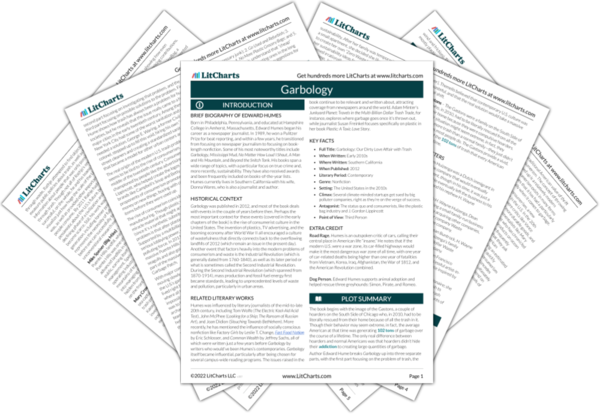On the one hand, the suddenness of plastic’s appearance and explosive growth is a warning sign. It shows just how easy it is for a major environmental problem to spiral out of control. Still, on the other hand, it is possible to take some hope from plastic’s origins. After all, if it was possible that the world existed without plastic for so long, then perhaps it’s also possible to imagine a future that goes beyond plastic.
